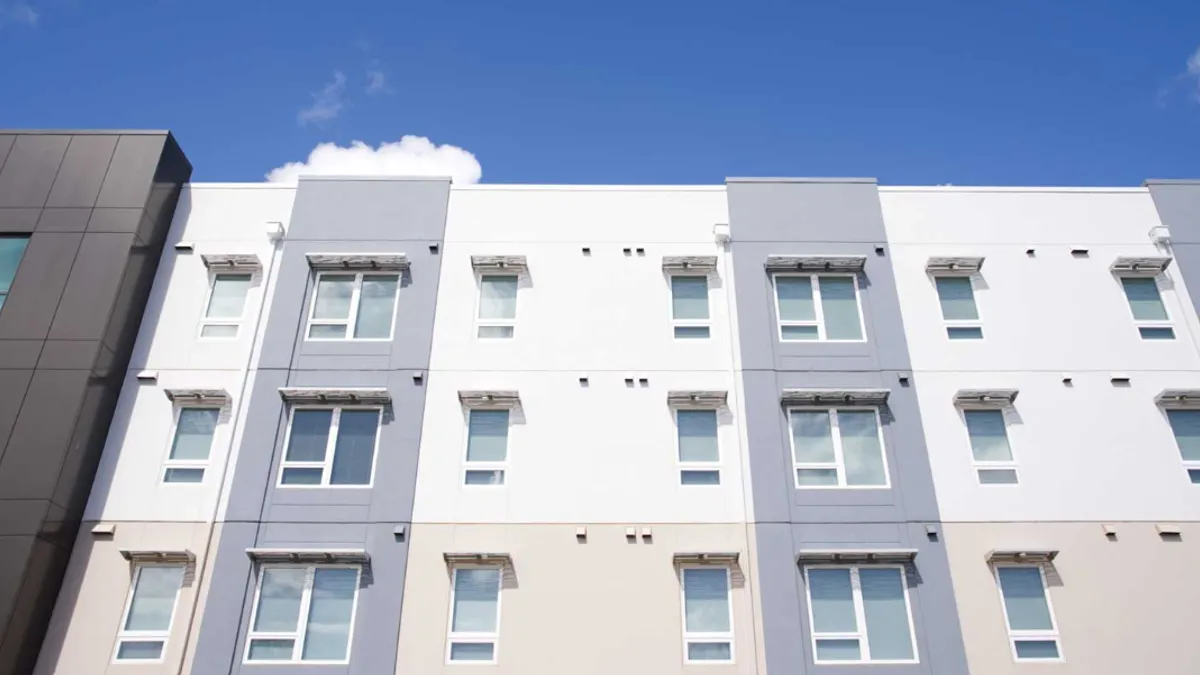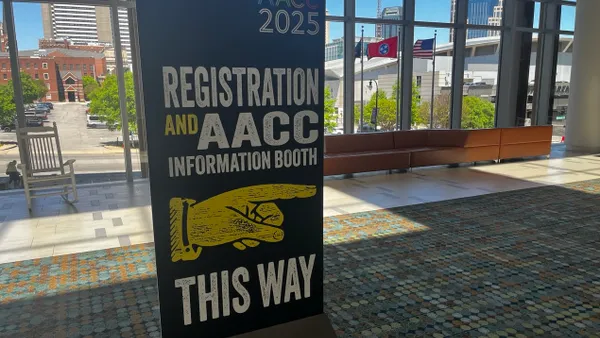Dive Brief:
- Building affordable housing for graduate students is becoming increasingly important for universities — but inflation, interest rates and other challenges are likely to constrain projects in the short term, according to a July report from Moody’s.
- Institutions have looked to fill the need through partnerships with private developers, analysts with the ratings agency said. At the same time, they point out that such projects are riskier than typical college housing given the narrower market, higher price sensitivity among graduate students and the flexibility they have to live off-campus.
- With the supply constrained for now and student housing vacancy historically low, Moody’s estimates rents will grow 4.4% annually over the next three years.
Dive Insight:
Moody’s analysts outlined the problem as “persistent housing affordability constraints” for graduate students. Part of the issue is that existing on-campus graduate housing is aging.
The financial lives of graduate students pose another difficulty. “Because of limited incomes, graduate students are constrained in their housing options and are often required to locate to more affordable areas farther from campus,” the Moody’s analysts said.
They went on to note that graduate students typically carry higher student debt burdens and receive less financial support from parents compared to undergraduates.
Meanwhile, the newer housing developments universities are building “largely focus on higher amenity offerings catering to undergraduates,” the analysts added.
Moody’s noted in a report last year that most university housing projects encountered problems around demand and occupancy during the COVID-19 pandemic.
But student housing overall has rebounded since. Vacancy rates dropped from nearly 8% in 2020 to below 3% from 2021 on, according to the July report.
The importance of graduate students to universities is prompting another look at housing addressing their needs. “Universities are eager to respond to the dearth of graduate-focused housing given the increasingly critical roles these students play within an institution’s academic infrastructure,” analysts said.
They also said projects to meet graduate students’ affordable housing needs can promote “a higher level of integration with the broader university community.”
The report highlighted recent building projects at the University of Florida and University of California-Davis.
The Florida flagship created new residences to replace deteriorating on-campus graduate housing built in the 1960s and 1970s. And UC-Davis moved to expand its housing options after it found that graduate teaching assistants spent 36% to 76% of their salaries on rent.














